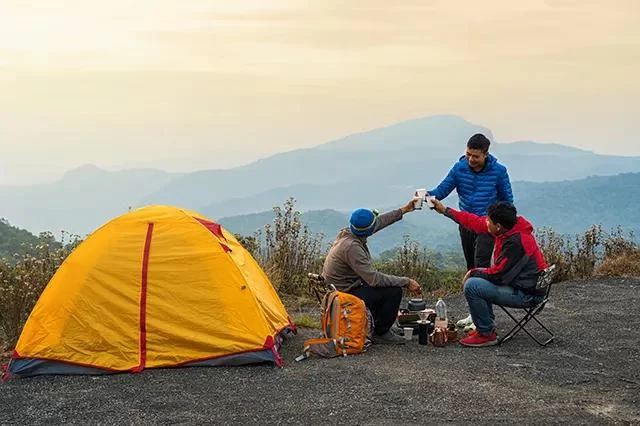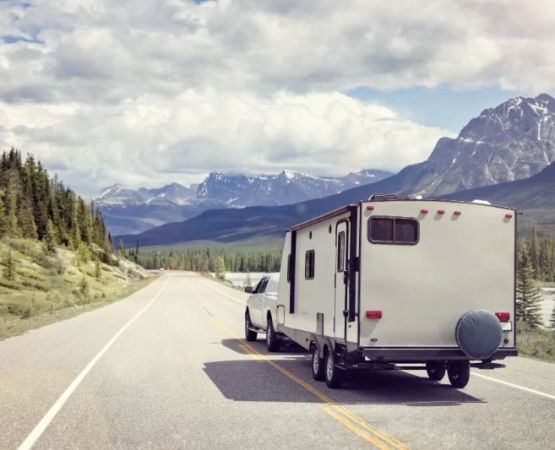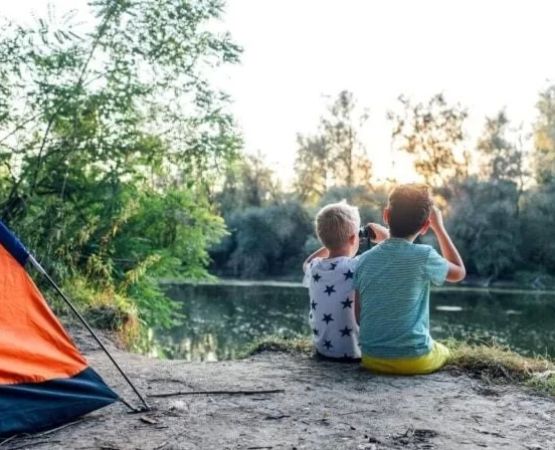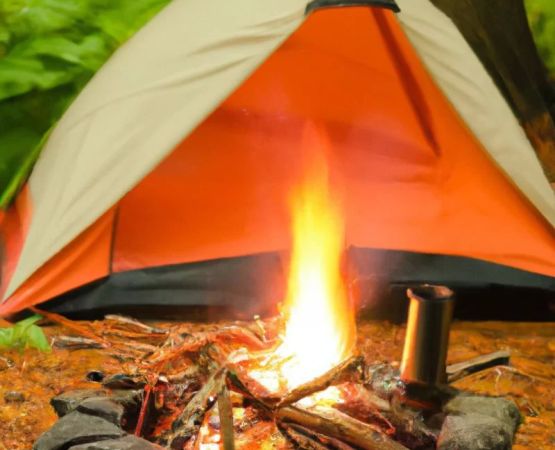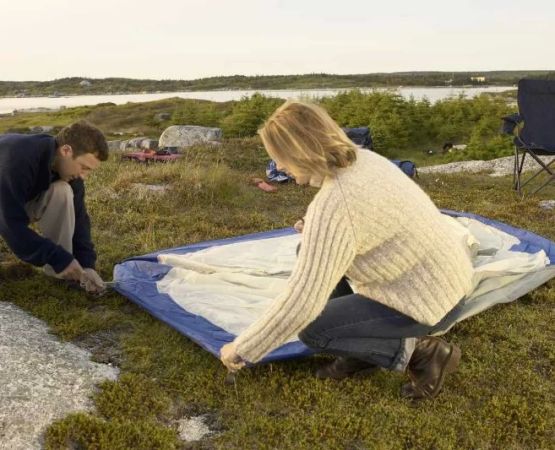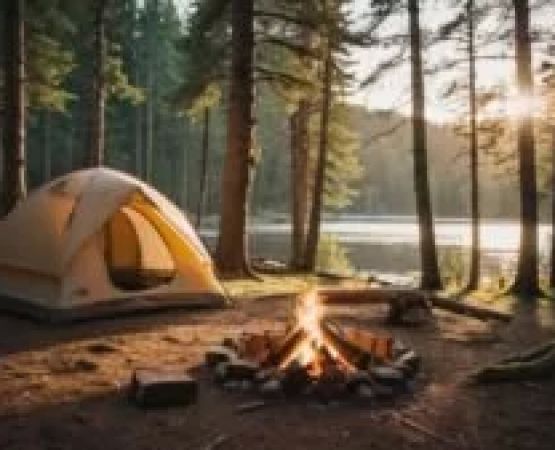Choosing the Perfect Campsite for Hiking and Outdoor Activities
When embarking on a hiking or outdoor adventure, the first essential step is selecting the perfect campsite. The right campsite not only ensures comfort but also enhances the entire outdoor experience. Whether you’re a seasoned hiker or a first-timer, picking the right location is crucial for both safety and enjoyment. In this article, I’ll share my personal tips and experiences on how to choose the best campsite for hiking and outdoor activities.
1. Location, Location, Location
One of the most important factors when selecting a campsite is location. It's essential to find a site that aligns with your hiking route and overall goals for the trip. Are you planning a short day hike or a multi-day trek? The campsite should be conveniently located along the trail, but not too close to high-traffic areas, which can detract from the peaceful experience of being in nature. I’ve made the mistake of setting up camp near a popular trailhead, and the noise from other hikers and vehicles can disrupt the tranquility of the outdoors.
Look for sites that are away from heavily trafficked areas but still accessible. Keep in mind the proximity to landmarks like water sources, viewpoints, or natural features that you want to experience. This proximity ensures that your campsite offers a rewarding view or convenient access to essential resources.
2. Consider Terrain and Ground Conditions
One of the most memorable experiences I’ve had during a hike involved camping in an area with uneven terrain. It wasn’t the worst thing, but waking up with a stiff back after sleeping on a slanted ground certainly wasn’t ideal. The key is to find level ground that isn’t prone to flooding or muddy conditions. Before pitching your tent, walk around the area to ensure it’s stable and clear of rocks, roots, or other obstacles that could make sleeping uncomfortable.
Another consideration is the type of soil. Hard, rocky ground is difficult to stake into, while overly soft, sandy soils may not provide sufficient support for your tent. Aim for firm, well-drained areas that are comfortable to sleep on and unlikely to become too muddy during rain. A small tip: avoid setting up camp in valleys, as these are more prone to water accumulation if it rains.
3. Water Sources: Essential but Risky
Water is crucial for any camping trip, but it’s equally important to assess the quality and safety of water sources near your campsite. Rivers, streams, or lakes may look like great places to refill your water bottles, but you must consider the potential risks of contamination. I’ve learned from experience that it’s vital to purify all water before drinking, even if it looks clean. Carry a reliable water filter or purification tablets, especially if you’re camping in an area without access to potable water.
It’s also important to camp at least 200 feet away from water sources to reduce the environmental impact. By keeping this distance, you help protect the delicate ecosystems surrounding the water and avoid the risk of flooding. Be mindful of the terrain around the water, as it could be marshy or unstable. Look for a solid, dry spot at a higher elevation to avoid the risk of your campsite becoming submerged after a sudden rainfall.
4. Consider Exposure to the Elements
Weather conditions can change rapidly in the wilderness, so it's important to consider how exposed your campsite is to the elements. In my experience, camping in a sheltered area with natural windbreaks, like trees or large rocks, can make a huge difference when it comes to staying warm and comfortable. On the other hand, an exposed campsite without any wind protection can become unbearably cold in the evening or be at risk of gusts of wind.
Think about the direction of the wind, the path of the sun, and potential weather patterns in the area. For instance, if you're camping in the mountains, be aware of how the weather can shift dramatically from sunny to stormy. A site that’s shaded during the heat of the day can provide comfort, but ensure that it’s also protected from wind and rain. It’s a balance between being sheltered from harsh weather but not trapped in damp or humid conditions.
5. Minimize Environmental Impact
As nature enthusiasts, it’s essential to be mindful of our environmental impact when camping. This includes choosing a campsite that is not only safe and comfortable but also respectful of the natural surroundings. Stick to established campsites or use durable surfaces like gravel or rock. Avoid damaging delicate vegetation by setting up camp on bare soil or near sensitive plant life.
Leave no trace principles are vital: pack out all your trash, even the smallest scraps. I’ve made it a habit to leave the area even cleaner than I found it. If you’re camping near a water source, ensure that you dispose of human waste in a sanitary manner, using designated restroom facilities or portable toilets. Keeping the environment pristine enhances the experience for future visitors and protects the land for generations to come.
6. Safety First: Evaluate the Risks
Before setting up camp, always assess any potential risks. This includes checking the area for signs of wildlife activity, such as animal tracks or droppings. It's important to keep a safe distance from animals and take the proper precautions, such as storing food properly in bear-proof containers if you're in bear country.
Make sure your campsite is in a safe location with low risks of flooding, rock slides, or falling trees. Be aware of any potential natural hazards like unstable cliffs or flash-flood-prone areas. As I’ve learned, being too close to certain natural features, such as cliffs or steep hills, can put your safety at risk during adverse weather conditions.
By carefully considering all of these factors, I can guarantee that your camping experience will be safer and more enjoyable. Each time I venture out into the wild, I continue to refine my campsite selection skills, and it’s these small details that make all the difference in ensuring a great time in the wilderness.

